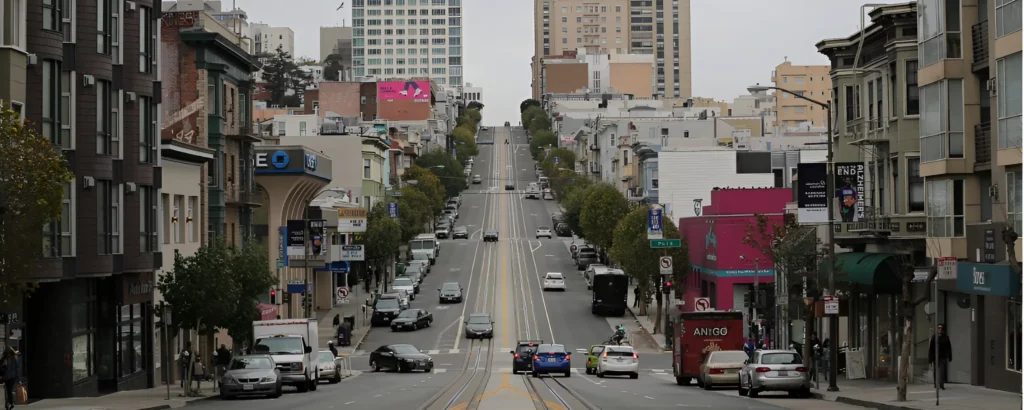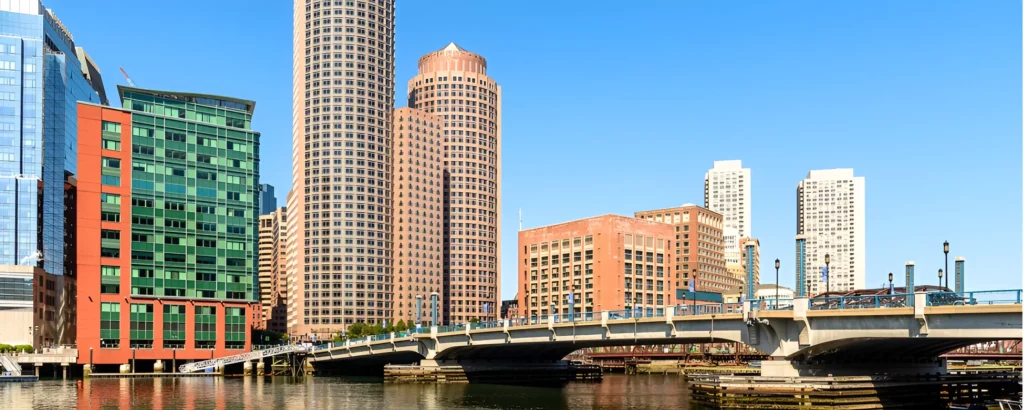Navigating Homeownership in Ultra-Competitive Markets
Aspiring homeowners today face unprecedented affordability challenges, with astronomical prices squeezing families from vast metro areas. As working professionals increasingly struggle to enter these revered property markets, only those leveraging substantial incomes withstand grueling bidding wars. Let’s explore several cities where six- or even seven-figure price tags reserve homeownership solely for society’s most prosperous citizens.
San Jose, California

Long tied to Silicon Valley’s prosperous tech sector, San Jose now strains salaries with a median list price exceeding $1.5 million. Competition compounds from both deep-pocketed locals getting raises from growing tech companies and international investors from China and India fueling relentless appreciation. First-time buyers face raising 20% down payments of over $300,000 amid routinely bidding $100,000 over asking prices without any contingencies. Even with some remote work gains, high wages do little against established wealth crowding zoning-restricted neighborhoods making it very difficult to break into the market.
San Francisco, California

Legendary for its beautiful scenery, walkable neighborhoods, and vibrant culture yet infamous on price sheets, even one-bedroom condos in desirable areas of SF now break $1 million. Expansive single-family homes with yards that were once common disappear into the past, replaced by mere rooms in buildings amid housing shortages and strict zoning policies restricting new high-rise construction projects. Prospective families that want to put down roots in the city require dual-income professional salaries consistently peaking well over six figures simply to afford aging fixer-uppers and small condos as entry-level homes.
New York City

Whether pursuing sprawling Manhattan penthouses with city views or more reasonably priced three-bedroom homes farther out in the outer boroughs of Queens or Brooklyn, ambitious New Yorkers demand robust finance and earning power simply to participate in the ultra-competitive housing market. With listing prices often doubling within only five years alone amid relentless foreign interests buying property as investments, even $4,000 monthly rents on modest apartments in outer neighborhoods barely crack the ownership threshold at current appreciation rates. Dual physician salaries with specialist careers alone barely carry conventional 30-year fixed-rate financing on average-sized homes with 20% down payments atop standard closing costs.
Seattle, Washington

Reigning tech giants like Amazon, Microsoft, and Google continue to lure hordes of locals priced from other increasingly expensive West Coast markets, swelling populations amid severely limited new housing stock being built. Initial $100,000 down payments on average homes are now cresting $300,000 on medians near $900,000 across the entire King County region encompassing Seattle proper and surrounding areas. Multi-generational assistance forming sudden inheritances or joint ventures merging independent capital pools into one formidable bid has become an increasingly common way prospective first-time buyers can break into the competitive market. Many who still can’t afford increasingly depart for cheaper pastures in cities like Denver, Portland or Austin.
Boston, Massachusetts

Once offering relatively affordable homes and pleasant city living for upper-middle-class professionals, Greater Boston now demands startling median starting prices north of $700,000 even in some outlying suburbs across its tight metro regions. Expensive land and construction costs mean suburbia swells well beyond one-hour commuting ranges with no alternative to the deep cynicism of punishing traffic congestion along narrow highways. Heated upzoning debates now stir emotionally amid growing housing supply shortfalls as aging homeowners resist changes to neighborhood character, yet new high-density condo and apartment construction projects still face consistent community opposition further slowing increases to the constrained housing supply.
Conclusion | Homeownership
As housing demand continues to outpace supply in many US cities, high prices and intense competition for homes are likely to persist in these most expensive markets. Technology and finance industry hubs like San Jose and Seattle will remain tightly contested as major companies keep attracting high-paying jobs. Cultural centers like New York, San Francisco, and Boston also draw new residents with career opportunities and amenities, straining affordable housing stocks. Without increased residential development and density, excessive costs could exacerbate inequality by making homeownership unattainable for all but the wealthiest buyers.
Young families currently priced out may establish roots elsewhere, hampering these cities’ long-term economic prospects and socio-economic diversity. By encouraging a greater mix of housing types through inclusionary zoning, up zoning, and public initiatives, municipal leaders can help the rising generation share in the prosperity of dynamic urban markets and preserve opportunities for those serving essential local jobs. With strategic planning and political will, steps can be taken to ensure thriving, equitable communities adapt to demographic and market shifts in a sustainable manner for all.













